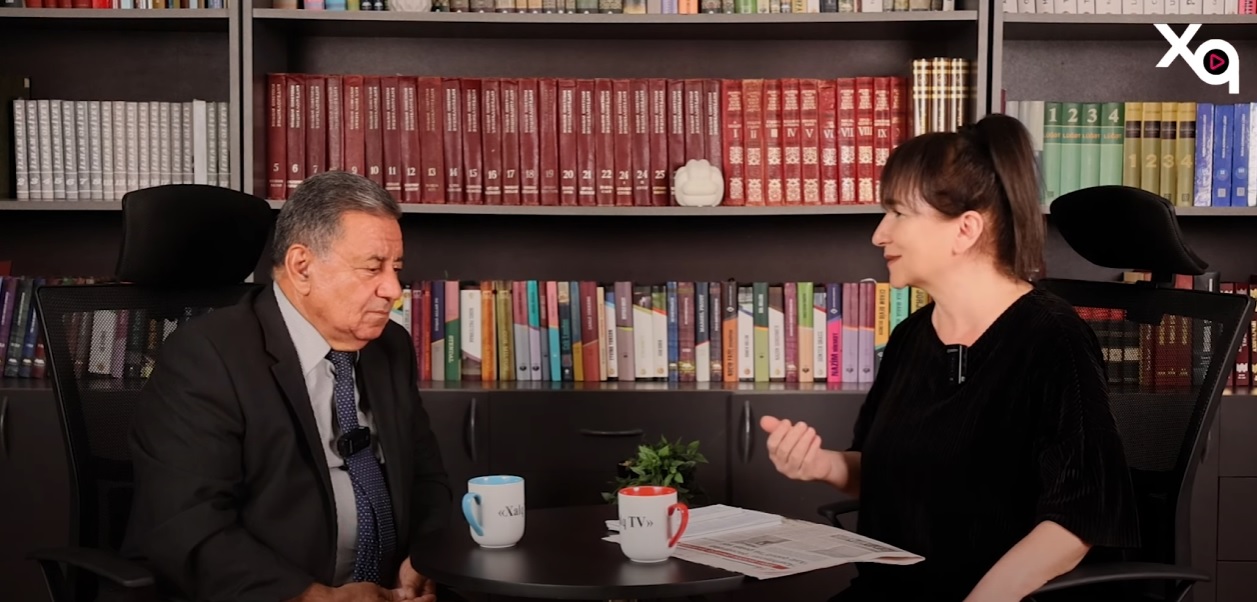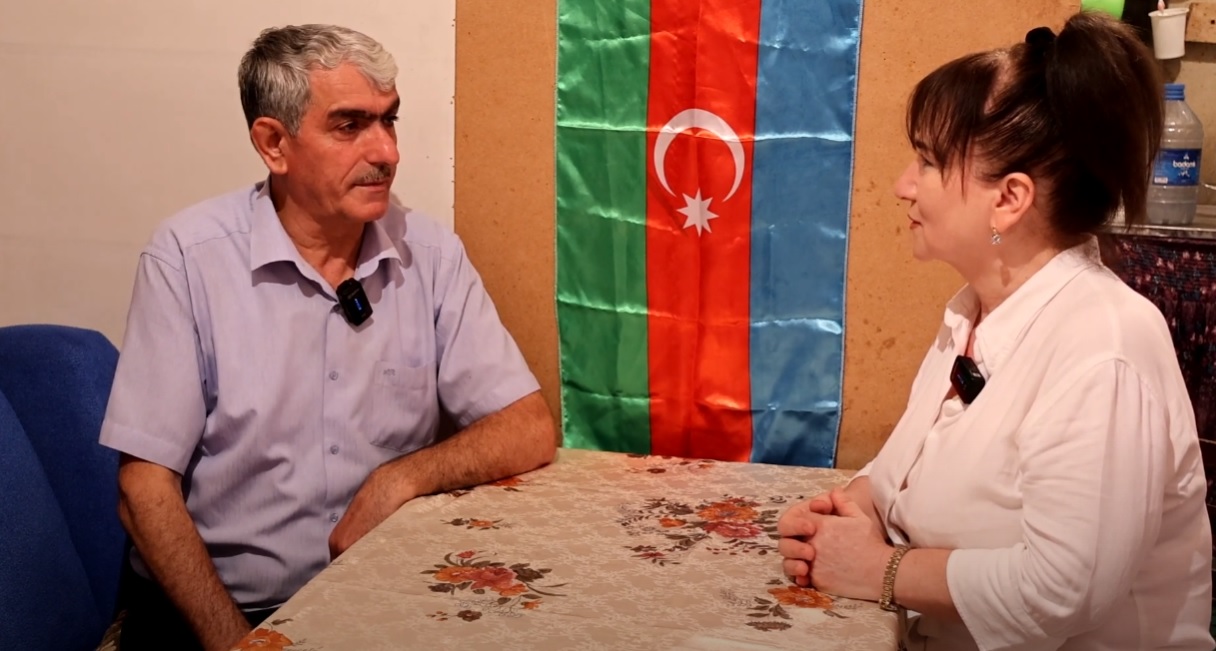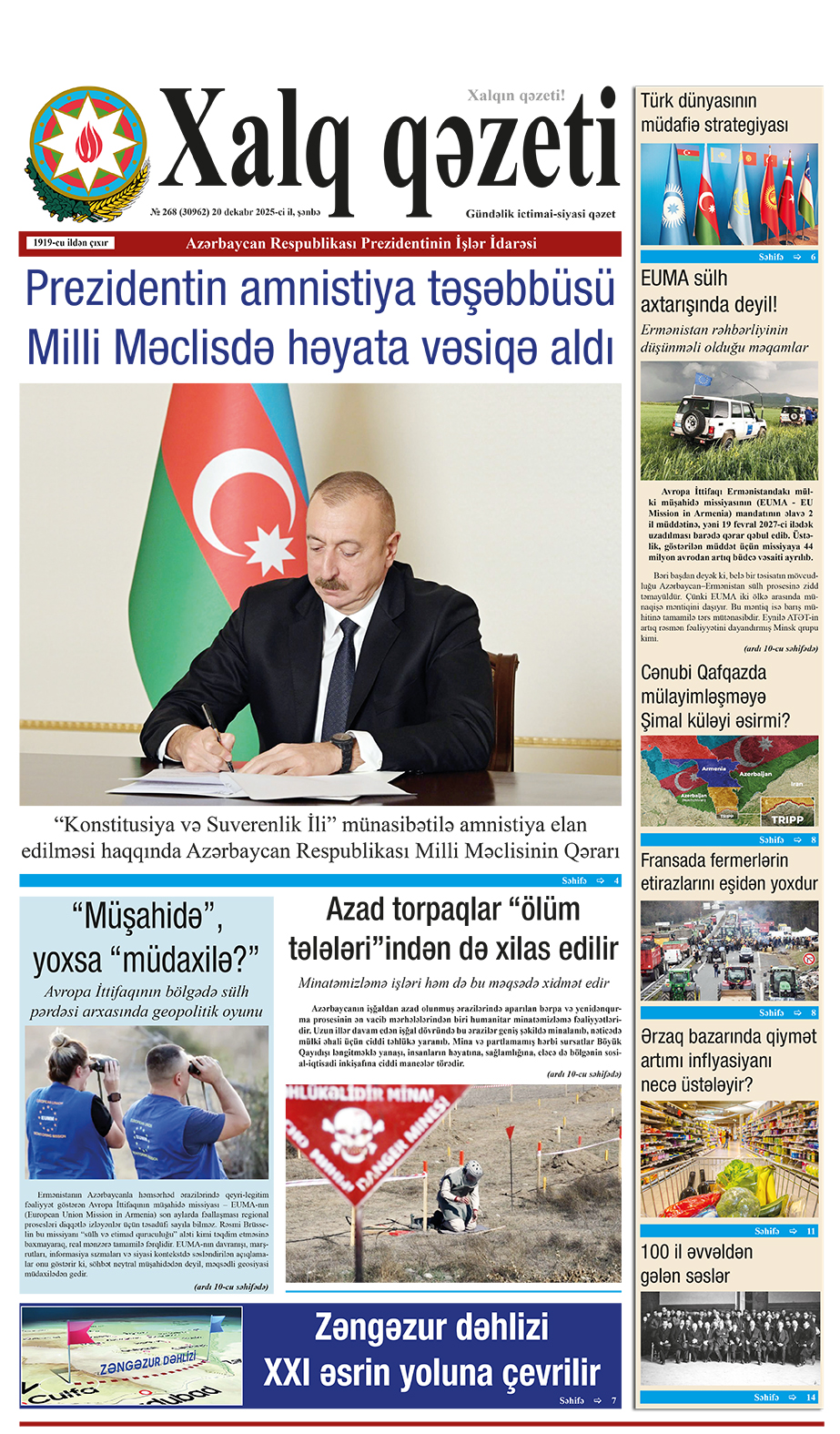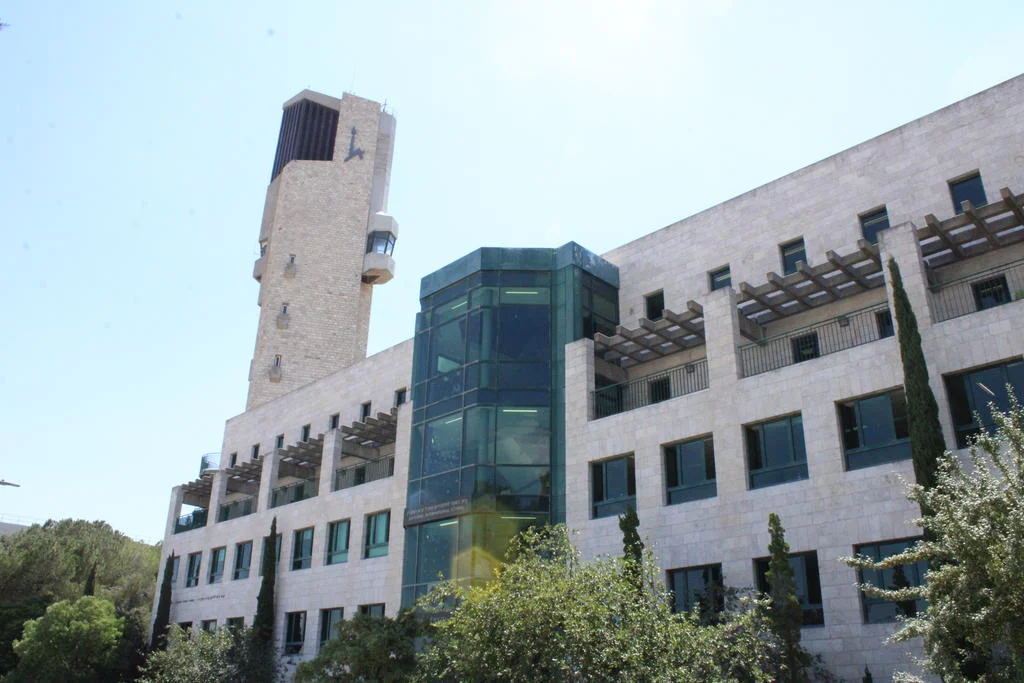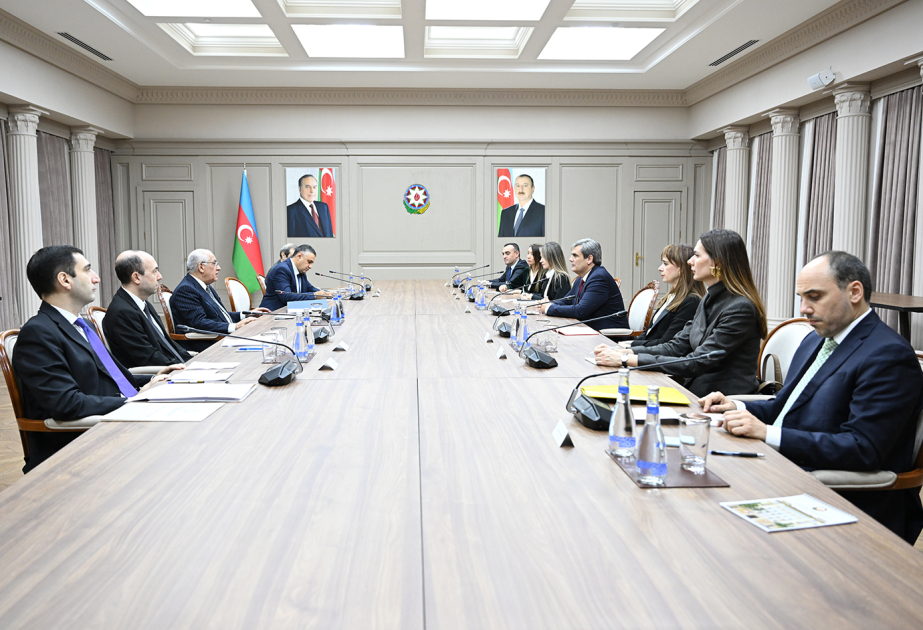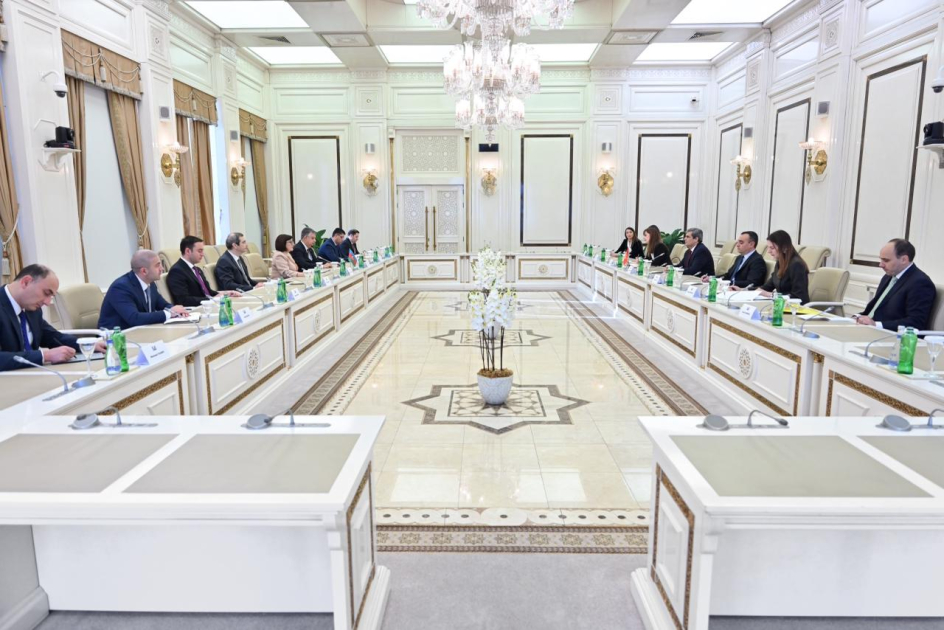By JERUSALEM POST STAFF
Estimated at $3-5 million, the silver cup bears blessings in Hebrew and Arabic, reflecting cultural ties in medieval Khorasan.
An ancient Jewish ritual cup, believed to be the oldest known Kiddush cup from the Middle Ages, is set to make its public debut before being auctioned in New York on October 29. The Cup of Joy, as it is called, will be displayed at Sotheby's in London between April 25 and 29, 2024, during the Islamic, Orientalist, and Middle Eastern Art Week.
Estimated to be worth between $3 million to $5 million, the Kiddush cup is an artifact from the 11th or 12th century, likely originating in Khorasan. This region was once part of the Persian Empire and now encompasses parts of Iran, Afghanistan, and Turkmenistan. During that period, Khorasan was home to a vibrant Jewish community that thrived until it was destroyed by the invasions of Genghis Khan.
"This cup is not only an exceptional record of the presence of Jewish communities in Central Asia in the Middle Ages and of the cultural exchanges with the Islamic world that surrounded them," said Sharon Liberman Mintz, a senior Judaica curator at Sotheby's. "It also embodies a shared artistic language that crosses religions and identities. The survival of such an item for almost a thousand years is amazing."
The Kiddush cup is adorned with inscriptions in both Hebrew and Arabic, an unusual combination that indicates mutual influences and cultural closeness between Jews and Muslims in the region. The name of the ancient owner, Simcha ben Salman, is engraved on its surface, along with double blessings for joy in both languages. On the cup, it is written: "Simcha ben Salman, may Simcha live forever and ever," alongside the Arabic blessings: "Congratulations, and blessing and joy, and happiness, long life to its owner."
Researchers believe the duplication of the blessings may not be coincidental. The word "joy" appears twice in Hebrew, and in Arabic, the exact translation is written twice. This repetition may reflect an aesthetic appreciation for textual symmetry and highlight the blending of cultures.
The cup is made of silver and decorated with silversmithing work characteristic of Central Asia during that era, including motifs of grape leaves and a distinctive style of writing. Its design resembles a small group of Muslim silver vessels from the period, such as the Mountain Treasure currently displayed in the Islamic Museum in Jerusalem.
Experts suggest that the artist, probably a local Muslim silversmith, chose to combine the double blessing out of respect for the owner and his name, as well as to create an aesthetic reflection of textual symmetry. They believe it was produced by a local workshop that operated in the Khorasan region at the peak of its cultural-artistic flourishing.


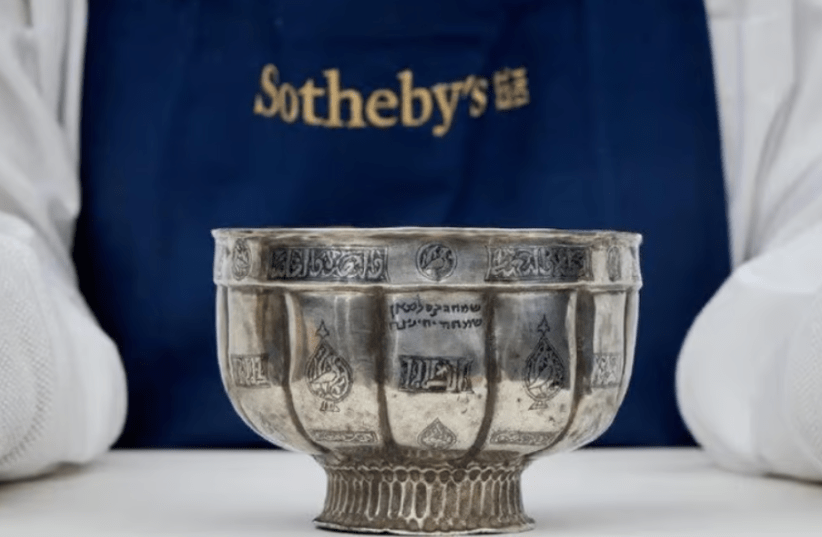
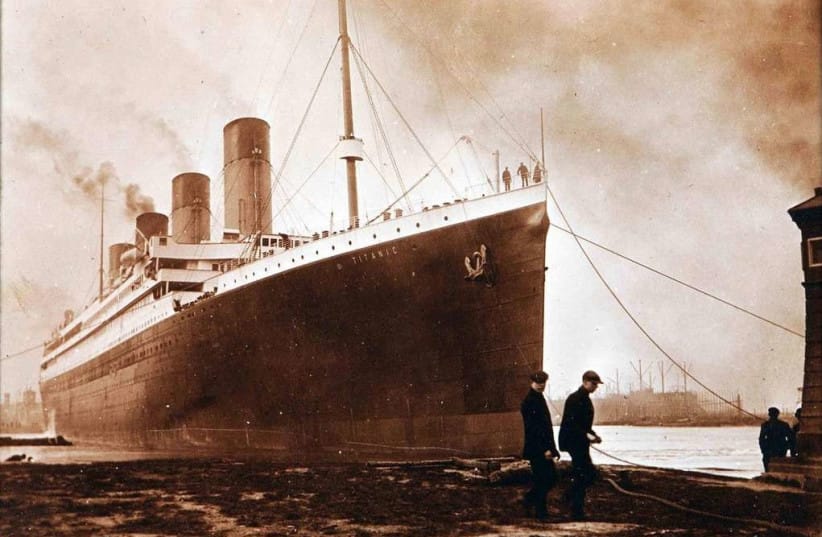
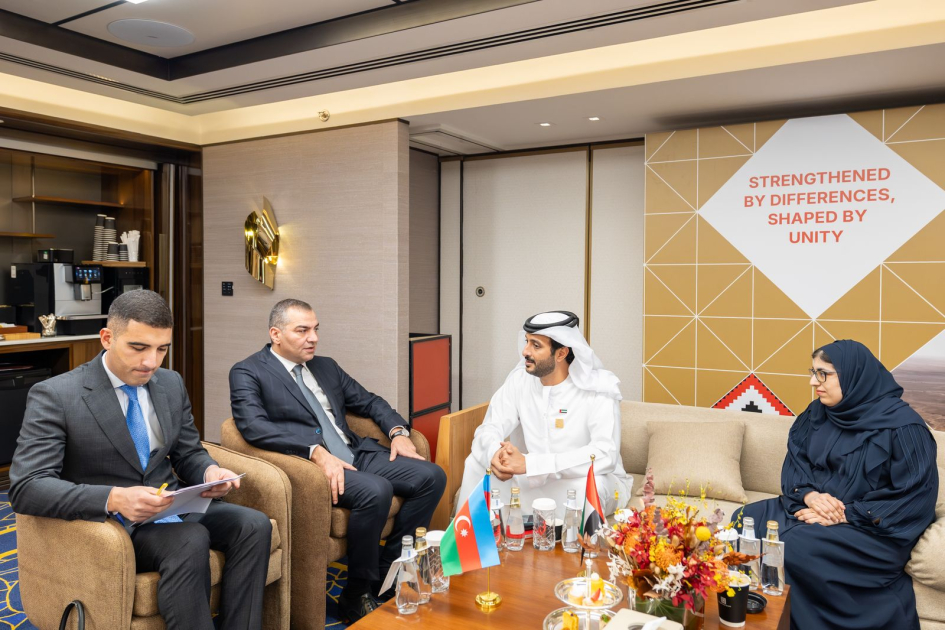
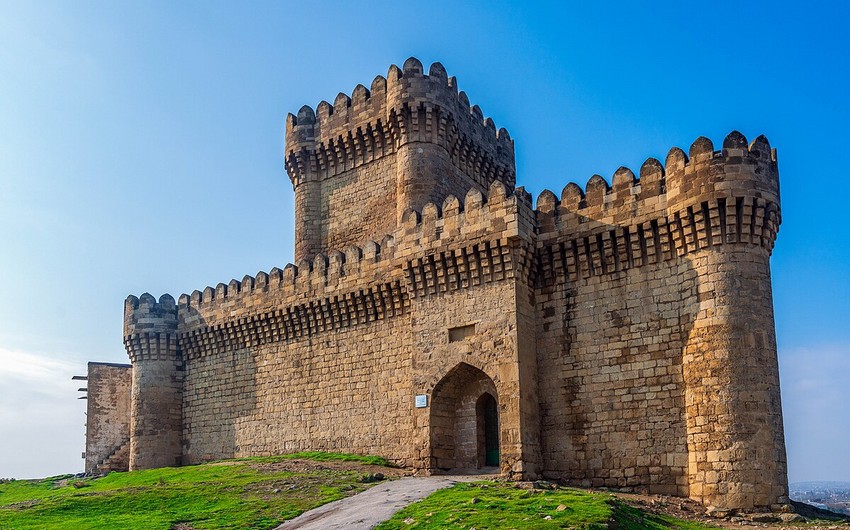
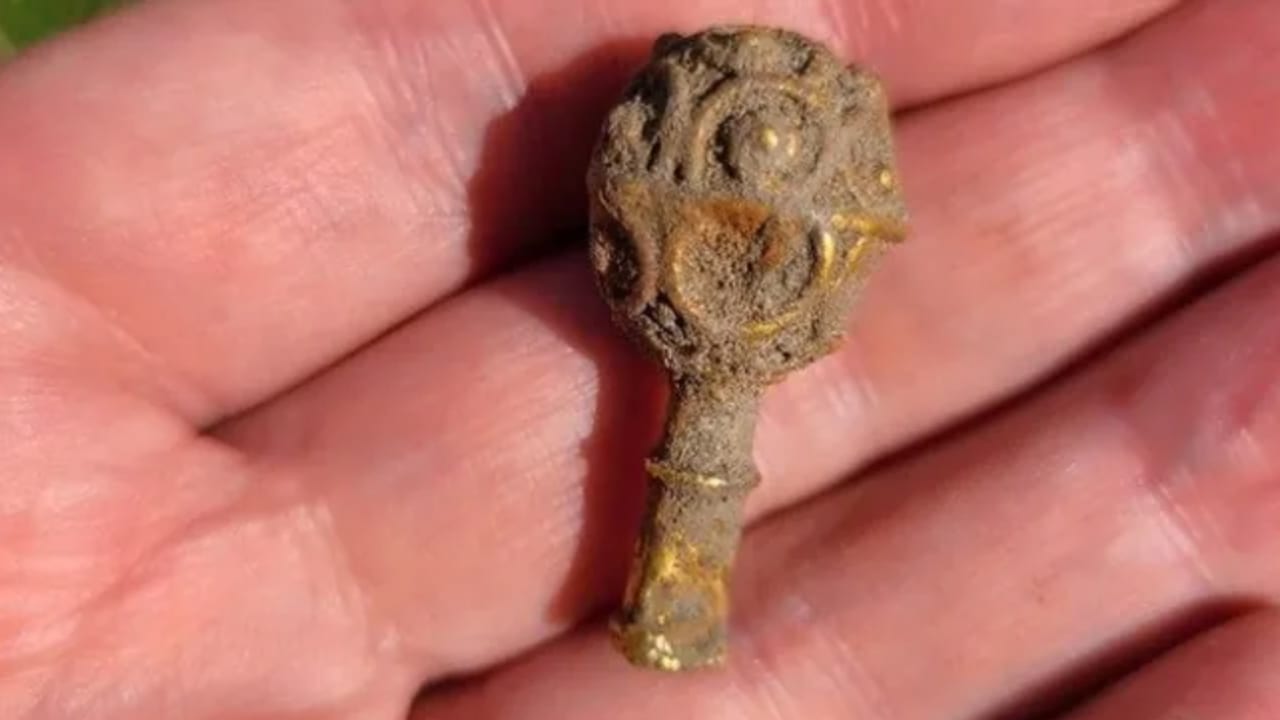
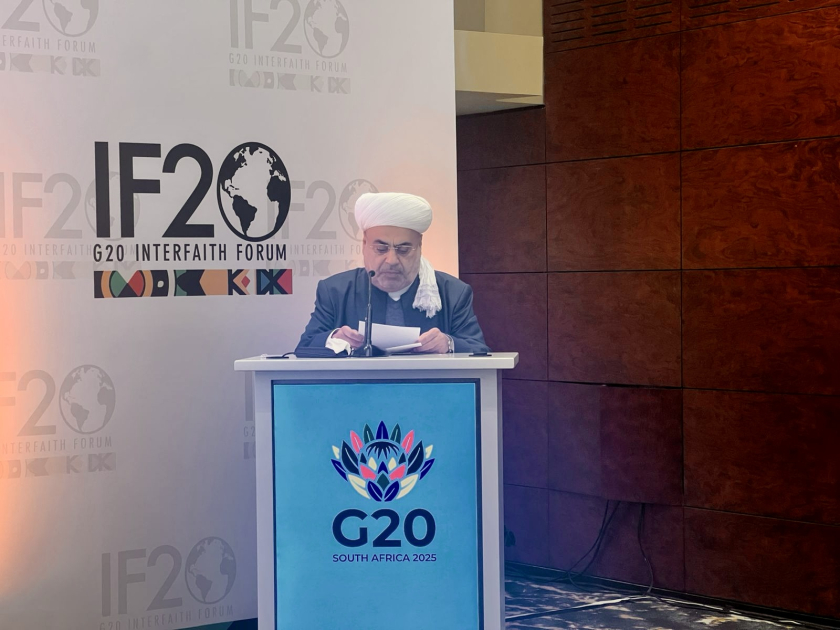

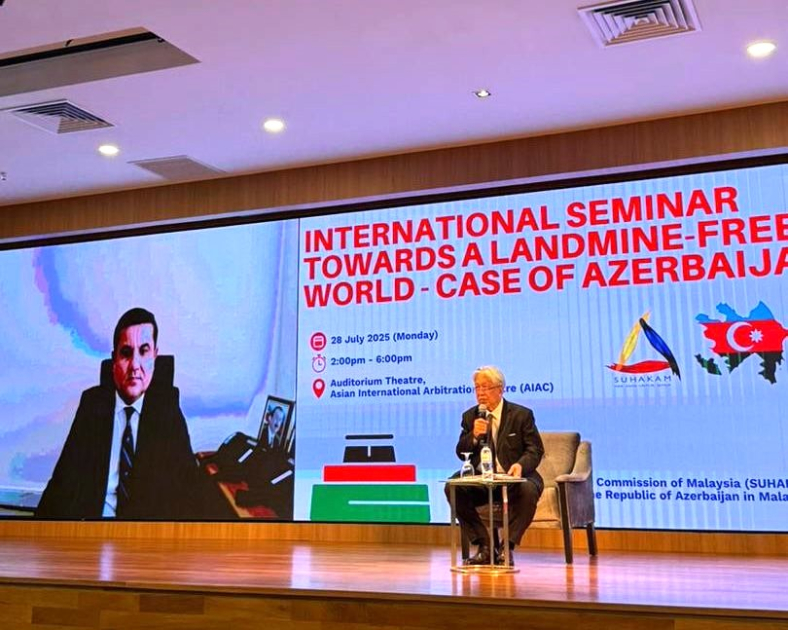
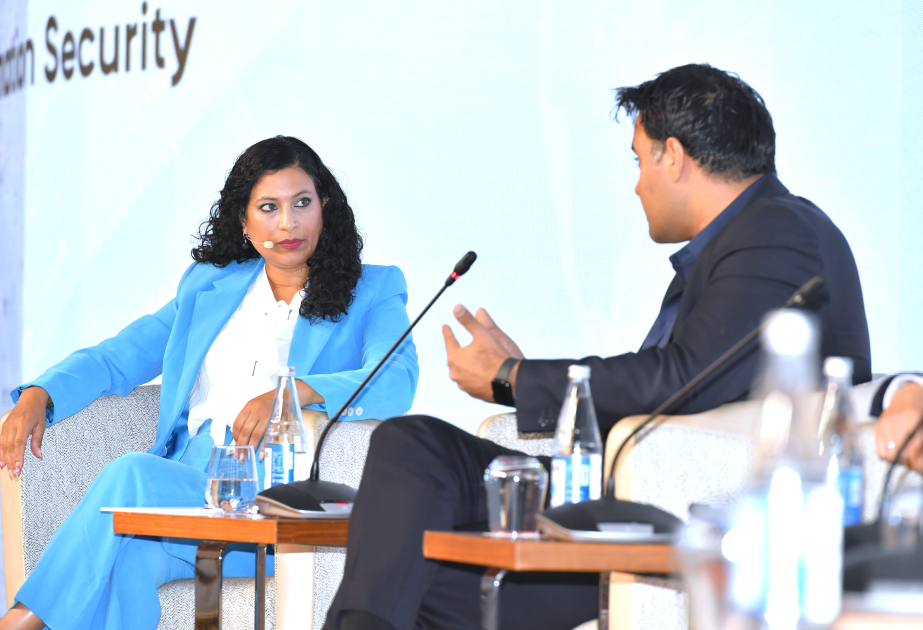
.jpg)

